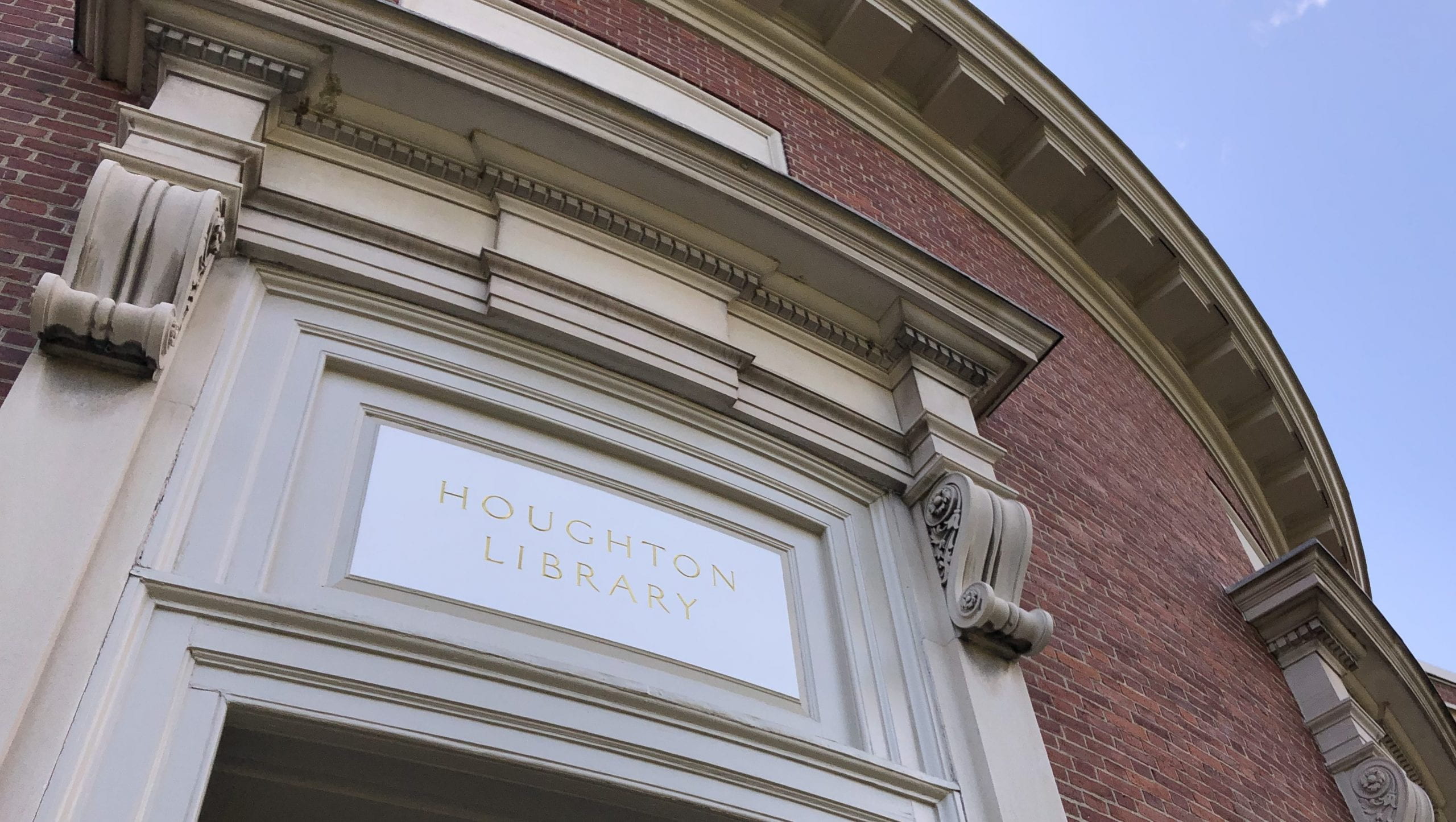For the past six weeks, I have had the distinct pleasure of working in the Theatre Collection at Houghton Library, Harvard University as part of a fellowship with the Dance Heritage Coalition, which is supporting eight fellows through an Institute of Museum and Library Services Grant, providing training and practice in dance-related librarianship. My fellowship at Houghton has consisted of creating an inventory of photographic negatives in the John Lindquist Collection in preparation for preservation and digitization.

John Lindquist was a Boston-area dance photographer who served as the official photographer of the Jacob’s Pillow Dance Festival in Becket, Massachusetts from 1938 to 1980. During this time, he photographed and corresponded with some of the most influential names in American dance. Furthermore, because of the inclusive nature of the Pillow, he captured artists the world over who performed a diverse array of classical and traditional styles. Overall, the Lindquist Collection contains 7,426 photographic prints and 17 volumes of negatives, which chronicle important aspects of dance history throughout much of the twentieth century. Such a collection is invaluable to dance research, scholarship, and heritage.
Here are just a few of the dancers and companies John Lindquist photographed:

Lindquist began photographing the renowned Ted Shawn and His Men Dancers in 1938. By that point, Shawn had purchased the property known as Jacob’s Pillow to be used as a summer dance retreat and theatre and was using it as a residence for His Men Dancers. With this group, Shawn developed new and unique choreography based on masculine movement.

Maria Tallchief (1925–2013), one of America’s first virtuosic American ballerinas, as well as the first Native American ballerina to gain widespread prominence. Tallchief pursued a twenty-five year international career and became the leading ballerina of the New York City Ballet.

Sahomi Tachibana is a traditional Japanese dancer who was born in Mountain View, California, in 1924. She began dancing at an early age and traveled to Fukushima, Japan to study at the Tachibana Dance School as a child. She returned just weeks prior to the events at Pearl Harbor and spent the duration of the war in an internment camp. After the war, she moved with her family to New York City, where she rose to prominence as a traditional Japanese dancer*.

Edward Villella is one of America’s most celebrated dancers. He was principal of the New York City Ballet and served as Founding Artistic Director of Miami City Ballet, bringing the company international acclaim. Villella was awarded the National Medal of the Arts in 1997.

© The Dance Theatre of Harlem (Arthur Mitchell Co.), 1973. MS Thr 482, Box 17, Dance Theatre of Harlem (Arthur Mitchell Co.), 1973, Harvard Theatre Collection, Houghton Library, Harvard University.
The Dance Theatre of Harlem was founded by Arthur Mitchell and Karel Shook in 1969 as a place for youth in Harlem to learn and perform dance. It grew into a groundbreaking, multi-cultural institution that has not only defied racial stereotypes in the dance community, but gained worldwide acclaim through its innovative and bold artistry.
Thanks to Dance Heritage Coalition Fellow, Heather Darnell for contribution of this post.
*Binus, Joshua. “Traditional Japanese Dance.” The Oregon History Project. Oregon Historical Society, 2005. Web. Last Accessed 7/10/2014.
